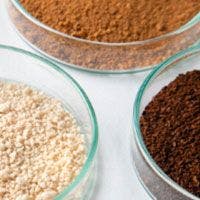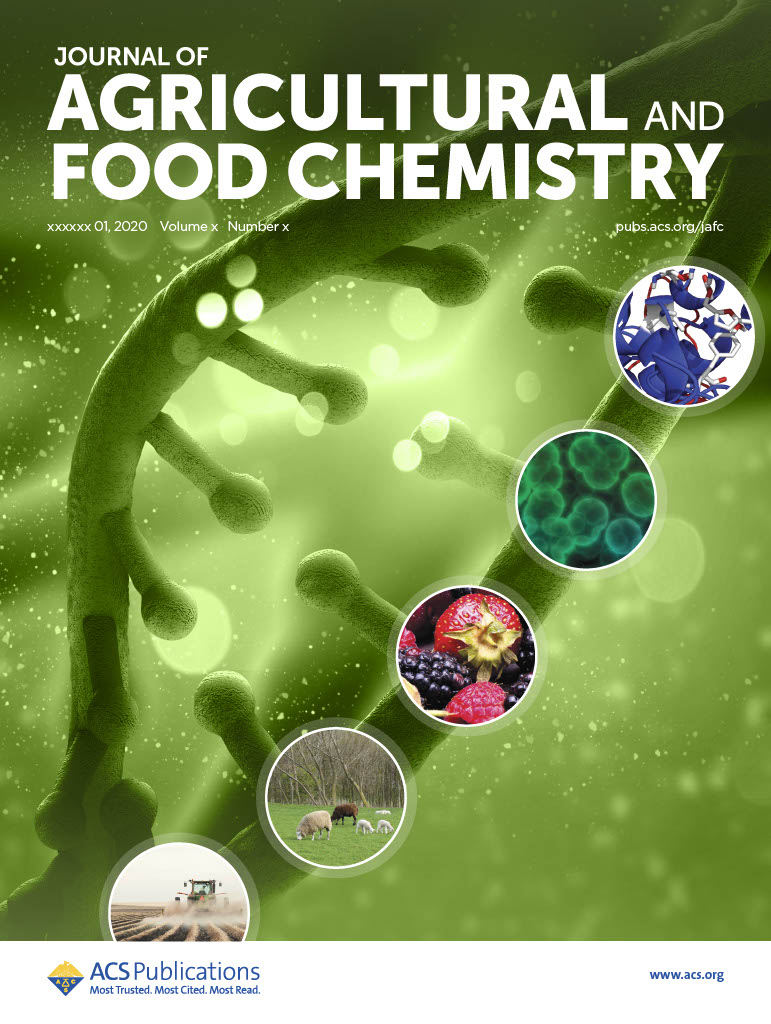Coffee production faces serious global challenges on a number of fronts; yet demand continues to grow. But could we think outside the box, replacing traditional coffee crops with cellular agriculture?

Growing food in a petri dish still feels very science fiction. However, this fiction could fast become our reality, as key crop production is faced with a raft of challenges such as population growth, land use, and climate change—creating a pressing need to find more sustainable ways to meet demand.
Enter cellular agriculture: a promising alternative method of growing plant-based commodities such as coffee. Interestingly, the idea has been around since the 1970s, as reported in a paper describing small-scale generation of coffee cells in the laboratory.1 But 50 years later, we are producing billions of kilos of coffee beans every year,2 a crop responsible for large areas of deforestation in fragile ecosystems.
Sounds like a prime candidate for a science fiction makeover.
In a recent issue of the Journal of Agriculture and Food Chemistry, a team of researchers from Finland reported on their efforts to grow coffee using cellular agriculture.3 The team harvested leaves from the Coffea arabica plant, cultivated their cells in a laboratory to form a mass known as "callus," and then grew these cells in large bioreactors. The resulting biomass was dried, finely ground, and subjected to varying roasting conditions to develop different coffee-like aroma and flavor profiles. The lab-grown coffee powder was then brewed and served to professional taste-testers alongside conventional coffee.
In contrast to the conventional coffee, the panelists noted that the dominant odor and flavor attributes of the lab-grown brew were smoky (like burnt sugar), but the intensities of bitterness and sourness were similar. Additionally, the authors reported that the cell-based coffee drinks lacked some Maillard reaction products (such as guaiacol and various pyrazines) that contribute to coffee's unique flavor, although others were present. On the whole, these results demonstrate proof-of-concept for an alternative approach to the next generation of coffee production.

Proof of Concept for Cell Culture-Based Coffee
DOI: 10.1021/acs.jafc.3c04503
The authors note that coffee cultivation faces an uncertain future. Demand is expected to triple by 2050, but it is predicted that global production will halve in a similar period due to the impact of climate change. Future work is necessary to explore processing techniques that could further boost flavor and make this a viable solution to current challenges.
Explore More Coffee Chemistry
It’s not the first time that coffee has been under the chemistry spotlight. Earlier this year we brought you news of espresso's neuroprotective potential in diseases such as Alzheimer’s, and further back in the archives we highlighted how biowaste from coffee can be used for biosensing applications. Find out more below.

Preventing Alzheimer's Disease With a Daily Shot...of Espresso?

Another Reason to Love Coffee
References
- Townsley, P. M. Production of Coffee from Plant Cell Suspension Cultures. Canadian Institute of Food Science and Technology Journal 1974, 7 (1), 79–81.
- Coffee. The Observatory of Economic Complexity 2021.
- Aisala, H. et al. Proof of Concept for Cell Culture-Based Coffee. J. Agric. Food Chem. 2023, 71, 47, 18478–18488.
